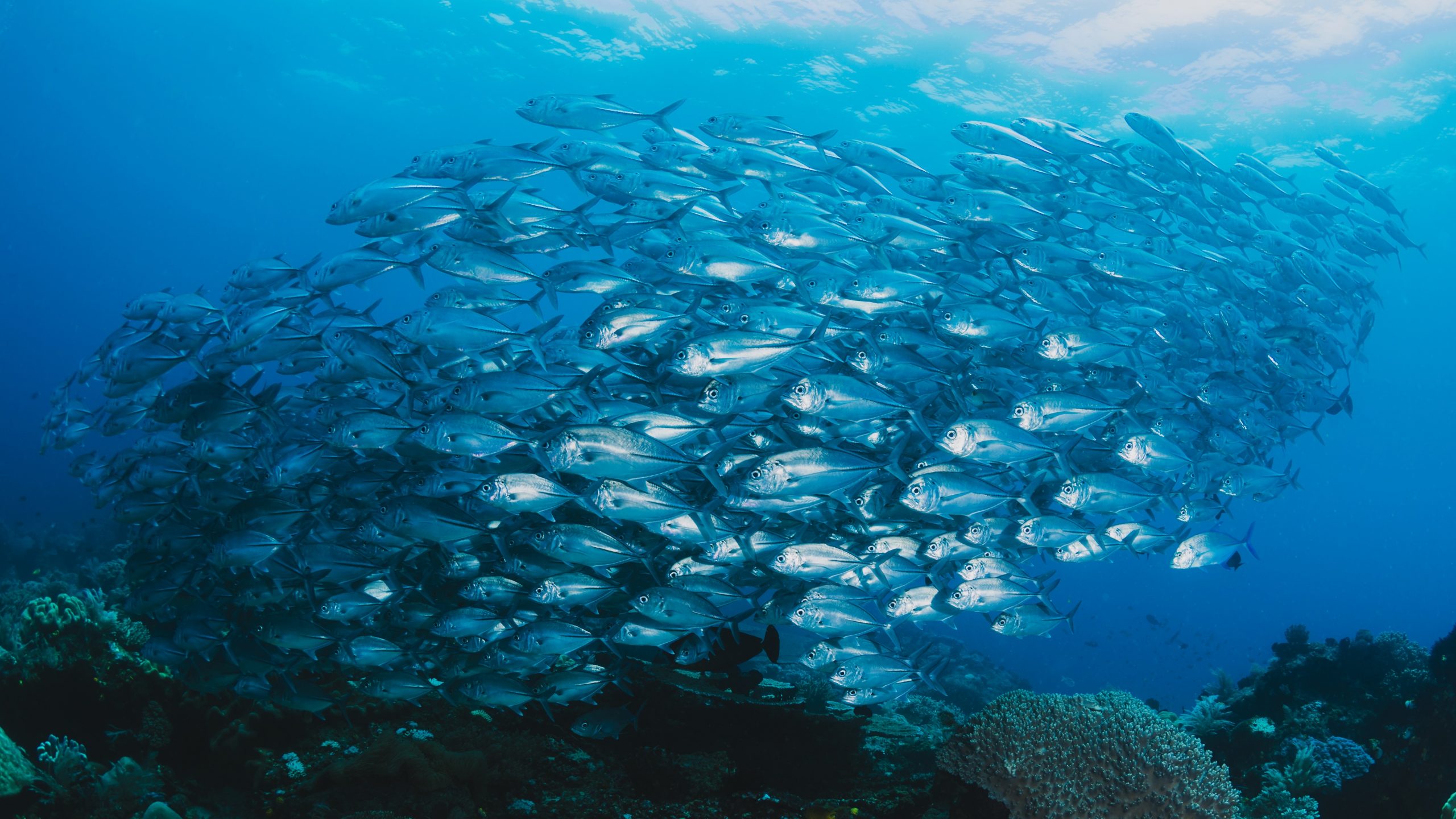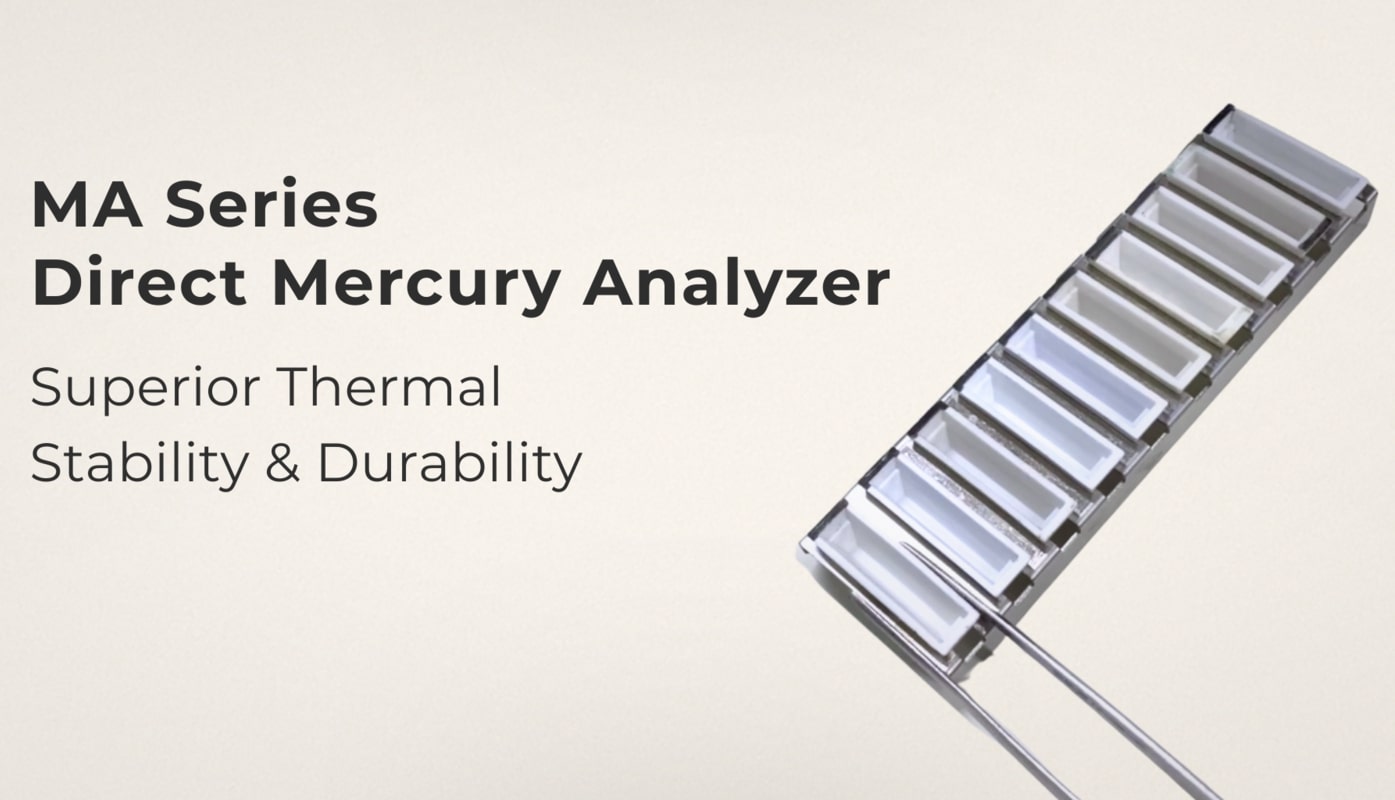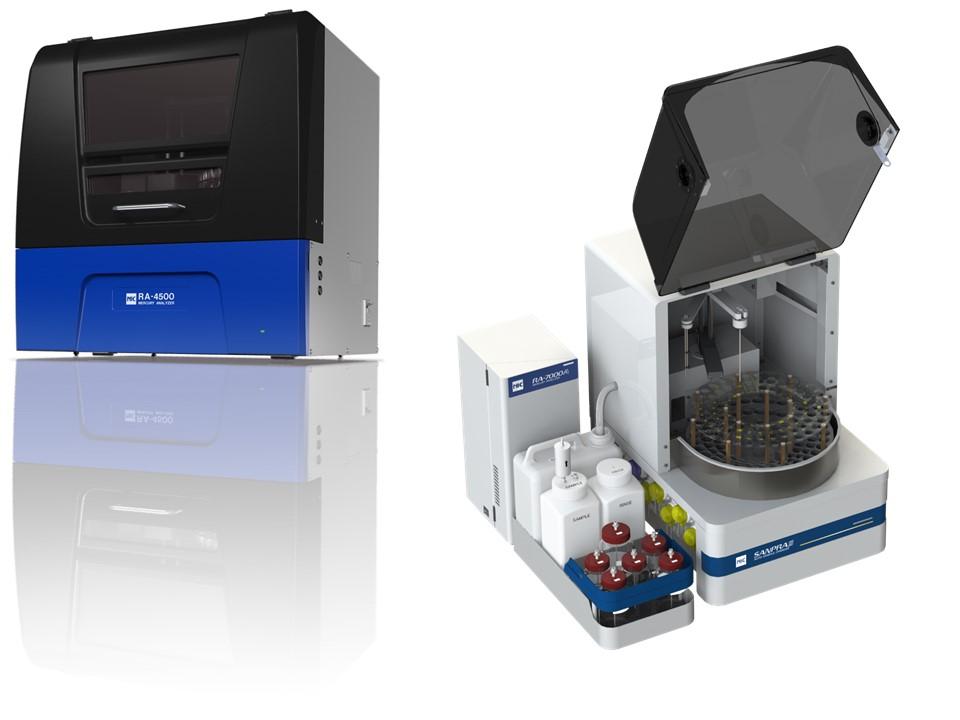Any conscious seafood lover or parent would know to limit specific fish intake to avoid high levels of mercury. Even so, how does mercury end up in the fish on our dining tables, and is that bad?
In case you weren’t aware, mercury naturally occurs at low levels in water, rock, and soil all over the world. However, human activities have drastically increased total mercury concentrations in the atmosphere. And it has risen to dangerous levels that can harm us if the situation is left unmonitored.
Sources Leading to Mercury in Fish and its traces
Anthropogenic Emissions
The most significant source of mercury emissions is anthropogenic, such as burning fossil fuels like coal to generate power and Artisanal Small-scale Gold mining. Once released in the atmosphere, mercury
can travel far, eventually making its way into the ocean through deposition or washing downstream.
As mercury is carried down from the ocean surface by marine snow, particle, or fish carcasses, bacteria convert it into the highly toxic methylmercury form. From here, the food chain passes it along—phytoplankton absorbs it and gets eaten by zooplankton, which small fish consume. Larger fish then feast upon smaller fish, and so on. Eventually, fishes that are top in the food chain or the predator will have a relatively higher amount of mercury than the rest.
The Deep Sea Trenches
One would assume the remote deep-sea trenches will be untouched by the pollution; clearly, it has been proven otherwise by a University of Michigan-led research team on snailfish and amphipods from Kemardec and Mariana Trenches, respectively. While no one consumes species found from the trenches, it certainly shows the extent of mercury pollution.
Mercury is everywhere, even in remote pacific islands like Tonga.
A global study carried out by IPEN (International Pollution Elimination Network) and BRI (Biodiversity Research Institute) shows that pacific islanders carry a relatively substantial amount of mercury. The studies then strongly indicate that the mercury is consistent with the consistent intake of coastal staple diet – seafood.
Artic Permafrost
In addition to the recent discovery in arctic permafrost, where it stores the biggest pool of mercury on earth, there is no doubt mercury will be continued to be in the ecosystem and sipping through the water bodies, food chains and eventually end up in the human race.
All these sources of mercury will eventually end up at our dining table under the disguise of a plate of delicacy.
How Serious is Mercury Poisoning?
Having mercury in a staple diet as such can eventually lead to poisoning. Have you ever heard of Minamata disease, the outbreak that took thousands of lives in Japan? Named after the city where it happened, the disease broke out in a small fishing village where seafood was plentiful. Consequently, it caused irreversible damage to the locals’ nervous system, leading to neurological symptoms.
While the symptoms do vary depending on exposure levels, some include:
- Ataxia
- Dysarthria
- Hearing impairment
- Convulsions
- Cramps
- Strange emotional behavior
- Memory loss
- Narrowing field of vision
In extreme cases, Minamata disease could even cause insanity, paralysis, coma, and death. Feel free to read more about the history of mercury poisoning.
One should note that mercury poisoning occurs at a very slow and quiet pace, but when it passes the threshold, the damage is irreversible, and there is no cure.
How to Reduce Exposure to Mercury
Seeing as too much mercury leads to more than undesirable outcomes, how can we reduce our exposure? Alas, there are no easy answers and solutions that do not involve multi-disciplinary and intercontinental action. With the implementation of the Minamata Convention under UNEP, the concern of anthropogenic emissions is well addressed, thus calling for increased efforts.
The next thing we should and can do is to start a moderate and mindful diet about seafood. So, do keep in mind that the larger fish species would live longer and consume more, accumulating more methylmercury in their bodies. Predators like swordfish and tuna, in particular, have very high methylmercury concentrations in their muscles.
Since seafood is the primary source of methylmercury that humans acquire in their bodies, susceptibility to mercury for adults is certain. It imposes even greater, greater risks to fetuses, infants and children. And we do not want the history of Minamata disease to repeat.
We’ve established that all fishes contain at least hints of methylmercury, but shellfish lovers shouldn’t renounce it altogether just yet. You can protect yourself and your loved ones by reducing seafood consumption that is high on the food chain. So, the goal here isn’t to steer clear of seafood but mercury.
If you eat smaller fish or shellfish lower on the food chain, you’ll be bioaccumulating much less mercury. For this reason, pregnant or nursing women are often told to cut out high-mercury fish completely. Namely, shark, swordfish, king mackerel, bluefin tuna, and tilefish are a big no-no. For further recommendations and guidelines on fish consumption intake, please refer to FDA guidelines here.
Challenges in Measuring Mercury in Fish
One of the sure ways to manage the mercury level in our diet is to ensure the seafood is low in mercury. Traditionally, measuring mercury in fish can be tedious as it involves a series of sample preparation (also known as wet chemical sample preparation/sample digestion) using acids, oxidants, and reducing agents such as SnCl2.
Long Sample Preparation Steps = Bigger chance of errors
Errors could be coming from cleanliness of glassware and apparatus, interferences from chemicals used that can lead to biased-high result, labor intensive as well as memory effect of mercury in acidic solutions.
Solutions offered by NIC
Nippon Instruments Corporation (NIC) then seeks to make change through advanced Japanese automation – we strive to continue developing highly accurate, precise, easy-to-use mercury analyzers for mercury measurement in fish and other matrices.
We understand the tragic lived-through of our predecessors during the mercury poisoning incident in Minamata. Hence, our best interest is to measure mercury in fish in the fastest, simplest, and most accurate manner.
Fortunately there are also many organizations which share the deep interest about mercury level in fish and share some useful tips in buying fishes for consumption purpose. One of the informative article like from EPA will provide useful and easy-to-understand information of the said matter.
Check out the following:
- Application Notes of Total Mercury Measurement in Fish and Shellfish
- Scientific Publications of Total Hg and Methylmercury in Seafood
- MA-Series – Solution of analyzing Total Hg in Seafood without Sample Preparation
- EPA Health Advisory for Fish Consumption
You can also email us at [email protected] for further information.
References:
- Blum, J. D., Drazen, J. C., Johnson, M. W., Popp, B. N., Motta, L. C., & Jamieson, A. J. (2020). Mercury isotopes identify near-surface marine mercury in deep-sea trench biota. Proceedings of the National Academy of Sciences, 117(47), 29292–29298. https://doi.org/10.1073/pnas.2012773117
- Bell, L. (2017, September 18). Documents. Retrieved from International Pollution Elimination Network : https://ipen.org/sites/default/files/documents/updateNov14_mercury-women-report-v1_6.pdf
- WELCH, C. (2018, February 7). Science . Retrieved from National Geographic: https://www.nationalgeographic.com/science/article/melting-arctic-permafrost-toxic-mercury-environment
- Schuster, P. F., Schaefer, K. M., Aiken, G. R., Antweiler, R. C., Dewild, J. F., Gryziec, J. D., Gusmeroli, A., Hugelius, G., Jafarov, E., Krabbenhoft, D. P., Liu, L., Herman‐Mercer, N., Mu, C., Roth, D. A., Schaefer, T., Striegl, R. G., Wickland, K. P., & Zhang, T. (2018). Permafrost Stores a Globally Significant Amount of Mercury. Geophysical Research Letters, 45(3), 1463–1471. https://doi.org/10.1002/2017gl075571
- Center for Food Safety and Applied Nutrition. (2020, December 29). Advice about Eating Fish. U.S. Food and Drug Administration. https://www.fda.gov/food/consumers/advice-about-eating-fish







